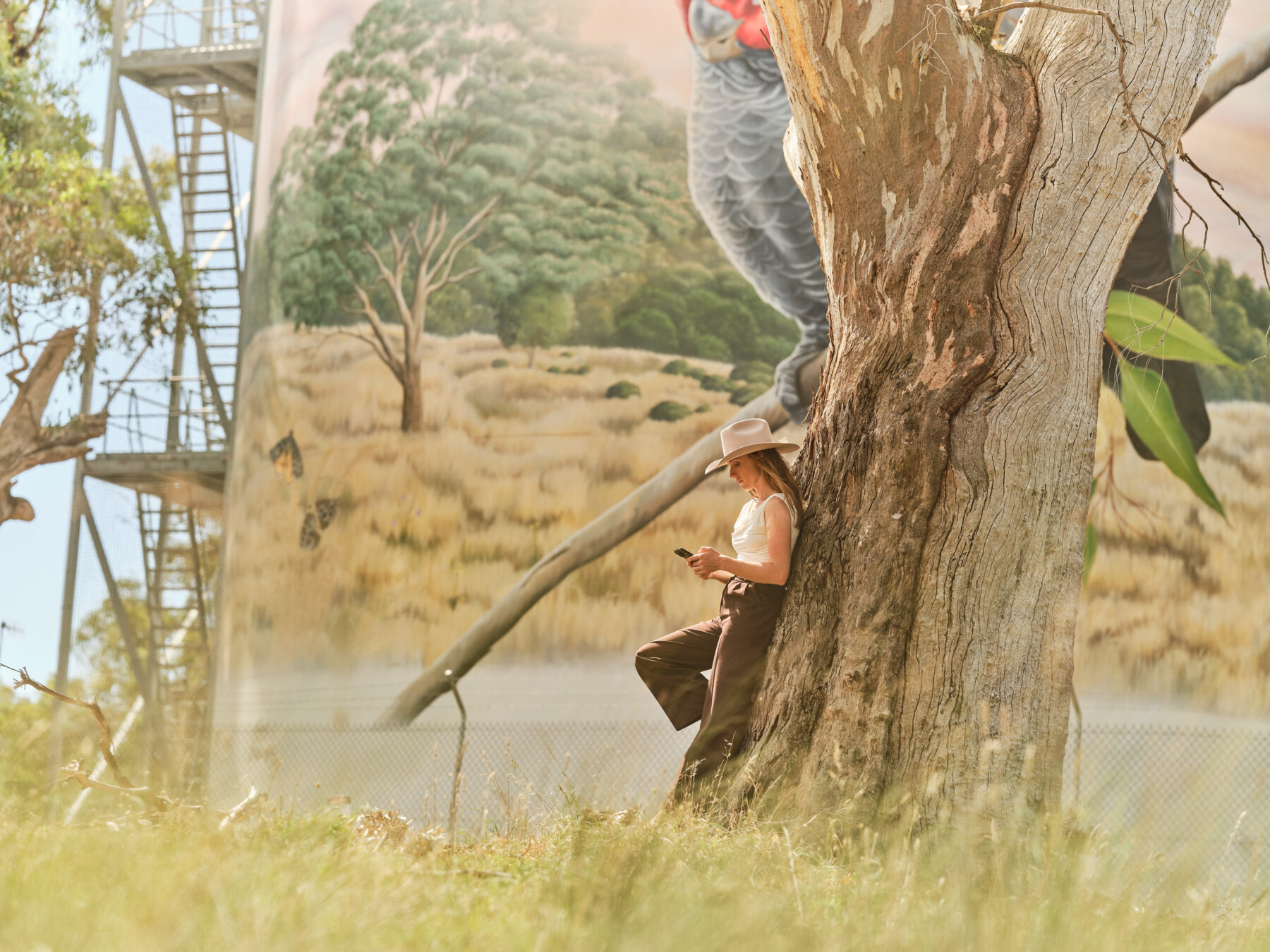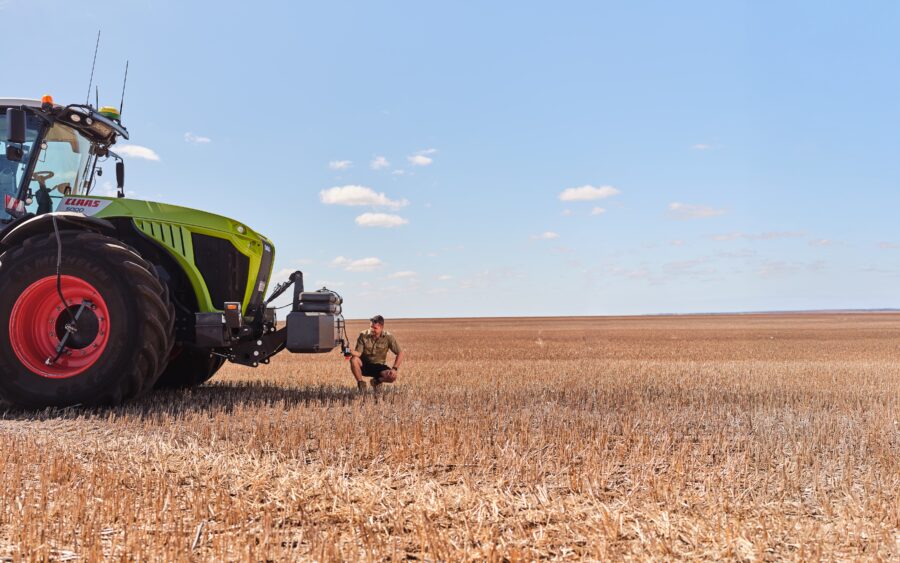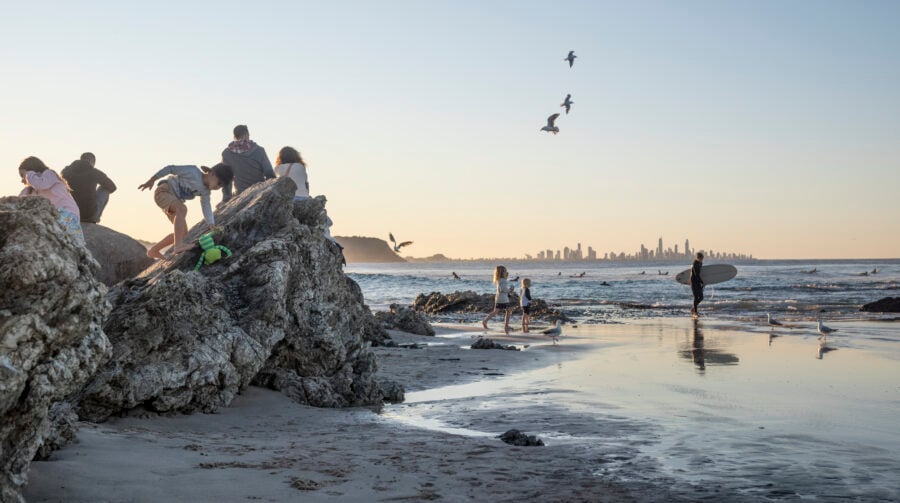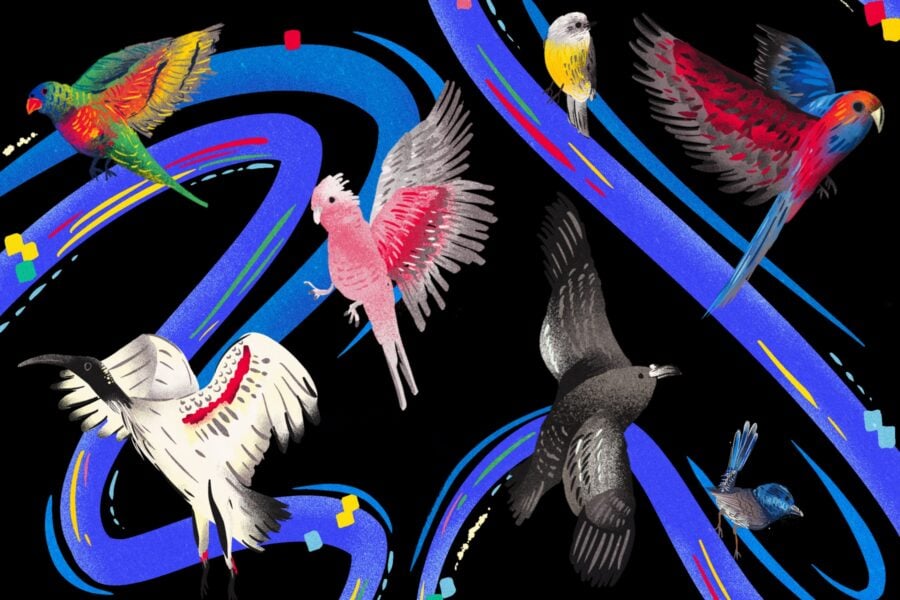In the horse haven of the Hunter Valley, Mia Ryan is training a warmblood under the wide skies of rural New South Wales. She flicks her long hair behind an Akubra as she works the horse on a long rein. It’s quiet work – repetitive, intuitive, physical – typical of life in the country. But behind the scenes, 23-year-old Mia is also navigating the fast-paced and rapidly evolving digital world, developing a dating app uniquely designed for rural people, by someone who truly understands the challenges of remote life.
Mia’s creation, Howdy, emerged from a personal need. Frustrated by mainstream dating apps, which she sees as predatory dopamine dispensers engineered more for profit than genuine connection, Mia built a platform that slows things down, encourages commitment and breaks down geographical isolation.
That sense of isolation driving Mia’s work doesn’t just apply to love. It’s a familiar challenge for entrepreneurs throughout regional Australia. Founders working outside the big cities face unique hurdles – from patchy internet connections to the tyranny of distance and small, dispersed markets. It’s a landscape where resilience and creativity are essential.
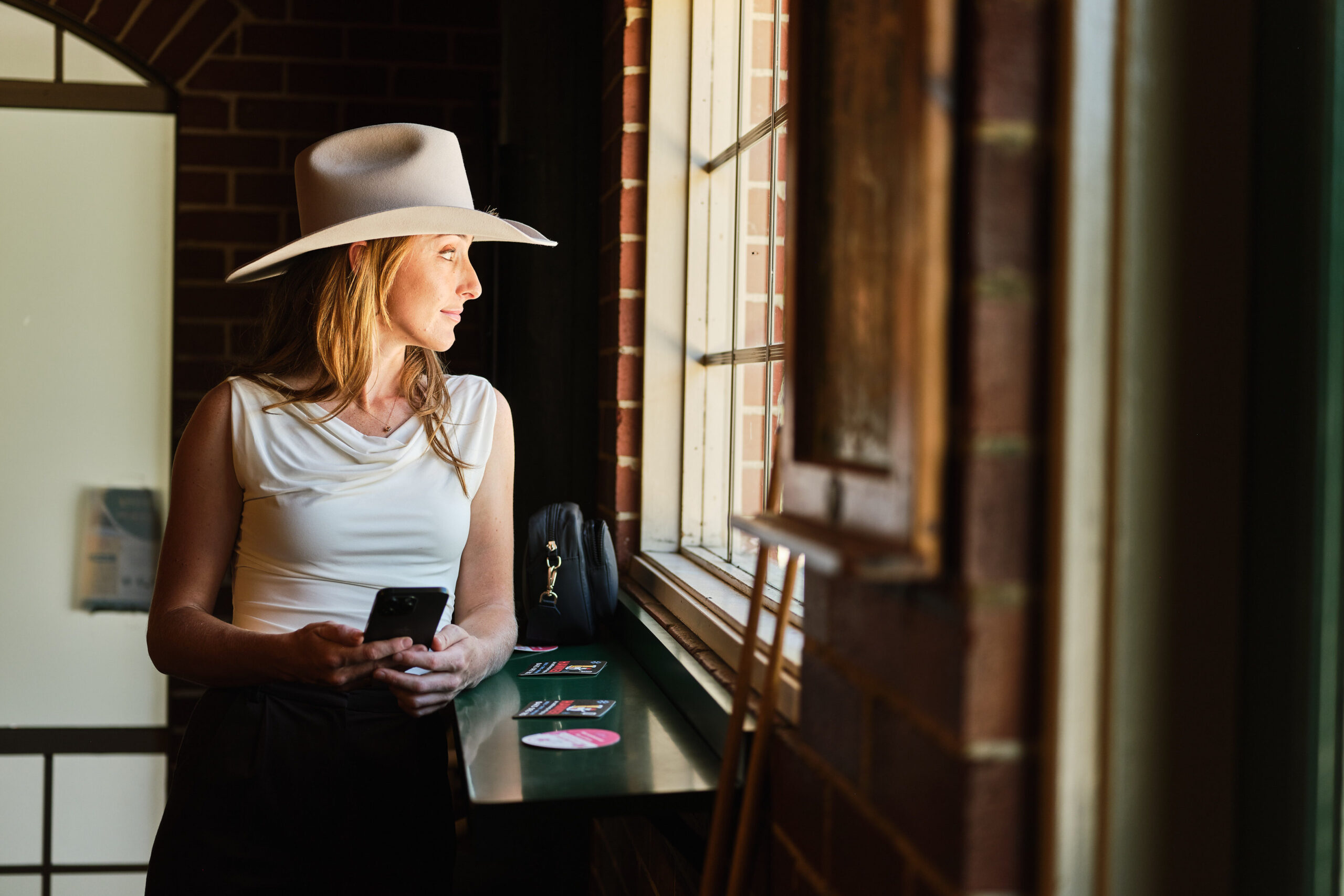
Entrepreneurs in these areas often find themselves working in isolation, disconnected from broader networks and policy frameworks that still default to urban models of growth. This is compounded by digital exclusion: a 2022 RMIT study found mobile data speeds in some remote towns are up to 90 per cent slower than in cities. With unreliable broadband and the high cost of prepaid data, founders face a hard ceiling on their growth, making it challenging to test products and reach markets.
The barriers are even steeper for regional women. While women now make up 22 per cent of Australia’s start-up founders, just 0.7 per cent of private-sector funding went to solely women-founded companies in FY22, according to Deloitte’s Accelerating Women Founders report. This isn’t due to lack of capability, the report says, but to historical biases – especially the practice of ‘pattern matching’ where investors favour profiles resembling past successes, typically male-led enterprises.
“We will not be able to reach our full growth potential with Australian start-ups if we fail to leverage half the population,” the report reads. “Increasing diversity is vital to innovation and start-up growth…the OECD expects the benefits of leveraging the untapped potential of women entrepreneurs to include boosting economic growth by up to two per cent of global GDP.”
Hemp housing
While Mia is working on the problem of social isolation, Andi Lucas is tackling another challenge rural Australians know too well: housing. And she’s doing it with the help of hemp.
In Cressy (population 1200), in Tasmania’s Northern Midlands, where travellers from around the world come to fish for trout beside the Great Western Tiers, the cultivation of hemp is well-established. In Australia, hemp is defined as cannabis with a tetrahydrocannabinol (THC) content (the stuff that makes you high) of less than 1 per cent – far below the threshold for a psychoactive effect – and it’s mostly grown for its seed, which is used in nutritional and medical applications. But increasingly, hemp is being looked at for its construction potential.
Turning hemp waste, such as the stalks and trash left over from harvest, into an industrial product is an emerging industry. And leading the charge is X-Hemp, an all-woman-owned-and-run hemp mill. It’s the only hemp mill in Tasmania, and one of a handful across Australia.
Andi founded X-Hemp during the COVID years, but its inspiration can be traced back to her experience of housing insecurity years earlier. She was working in the TV and film industry, splitting her time between Tasmania and Boulder, Colorado in the USA, when disaster struck.
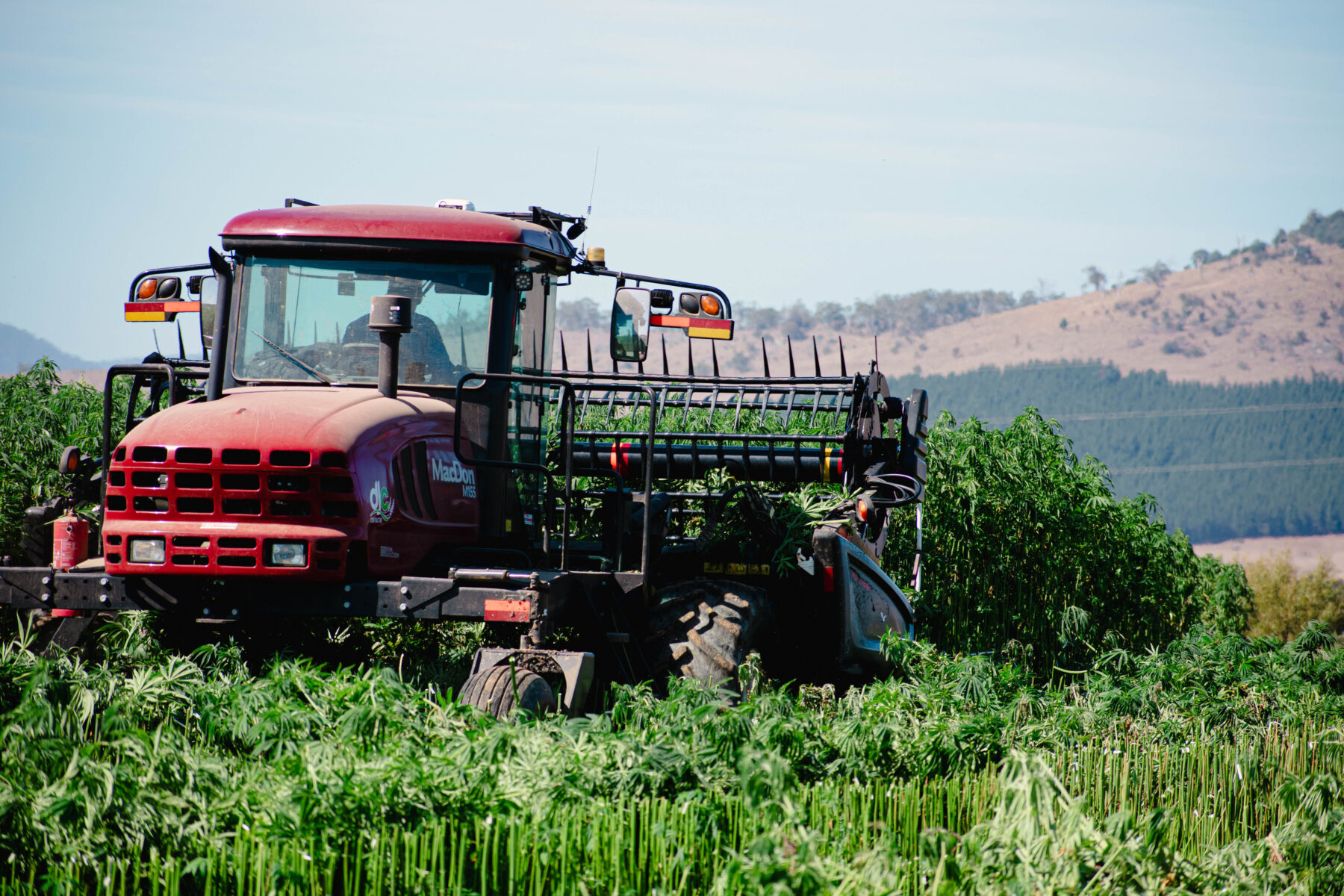
It was the summer of 2013, and fierce fires were consuming Tassie. Half the buildings in Dunalley, in the state’s south-east, were destroyed – including Andi’s home. “I felt fortunate – if you can say that when you’ve lost all your wealth and possessions – that I had a second residence in Boulder,” Andi says.
But nine months later, her US home was destroyed in the catastrophic September 2013 Colorado Floods. Andi had lost both of her homes in less than a year.
“The fire and the flood sharpened my focus, and I decided the three things most important to me were the climate crisis, housing security, and empowering women financially,” Andi says.
After the US Government deported her in 2019, Andi returned to her hometown of Launceston and found hemp was a solution to her newly defined objectives. And nearby Cressy was the perfect site.
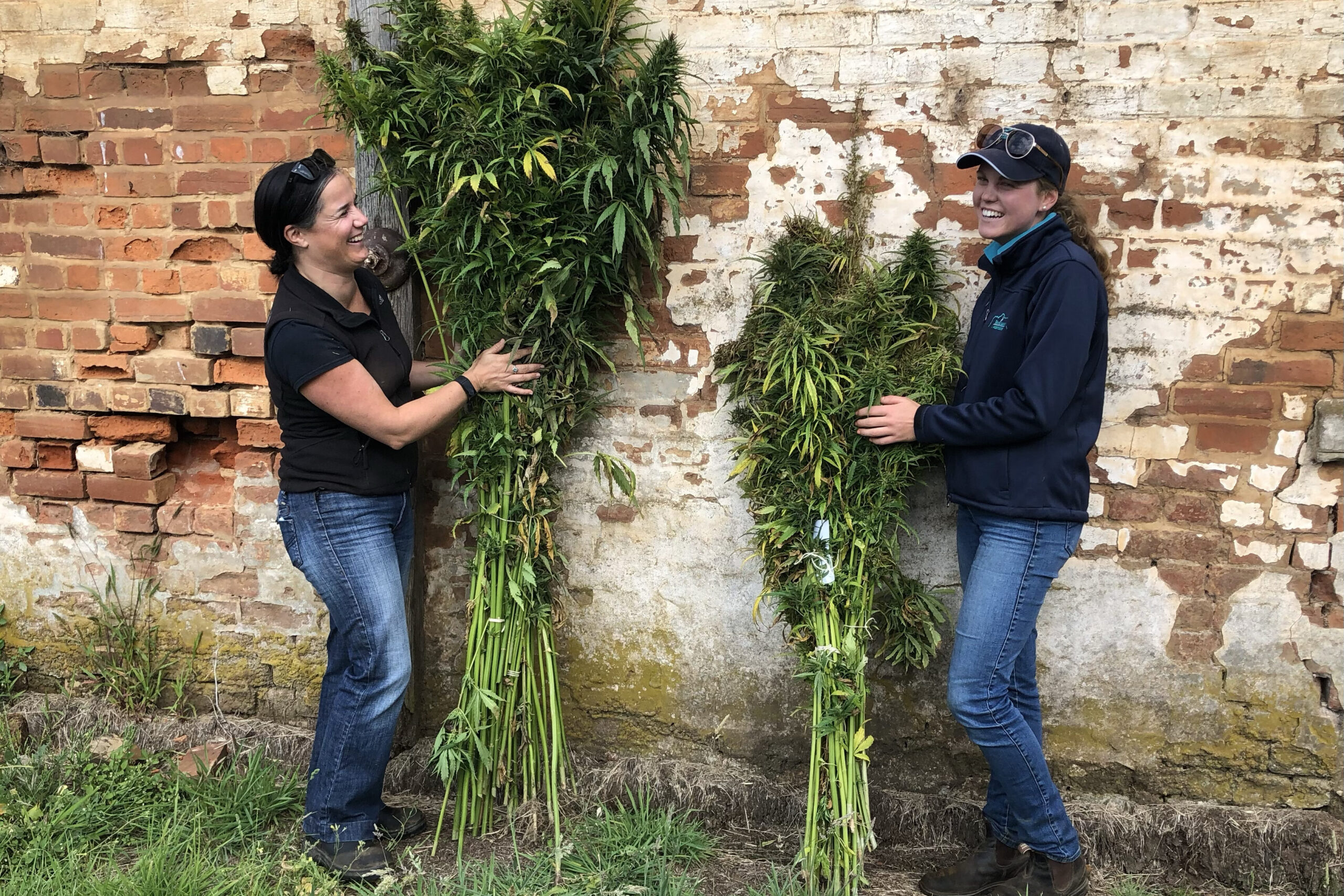
Construction materials made from hemp are non-toxic and can sequester carbon, giving them a lower environmental impact when compared to traditional building products. Especially pertinent to Andi, they are also fire-resistant. It ticked the box for Andi’s first goal of creating more resilience in housing as a part of climate-change mitigation.
Andi has built two houses as hemp showcases, which are now let on Airbnb. “They are constructed from hemp, have hemp linen, hemp gin in the mini bar, hemp food in the fridge and hemp mulch on the gardens,” Andi says.
In line with Andi’s stated focuses, X-Hemp is also working to create economic opportunity for women, employing nine locals. “I’m passionate about making sure women are actually rewarded for the enormous unpaid contributions we make to keeping civil society together, so I pay well above award and offer family-friendly hours,” Andi says.
But as ever, regional innovation doesn’t come without challenges. Hemp has additional compliance and regulatory constraints, because even with no drug value it’s considered a narcotic, and accessing funds to grow the business is a limiting factor. X-Hemp received $480,000 via the Boosting Female Founders grant scheme, and Andi has personally sourced $2.4 million through two crowdsource equity raises. “But in Australia, less than 1 per cent of venture capital went to female-led companies in 2023,” Andi says. For the scale she hopes to achieve, it’s nowhere near enough. “We’ve been operating on an absolute shoestring. I’ve raised money through sheer bloody-mindedness.”
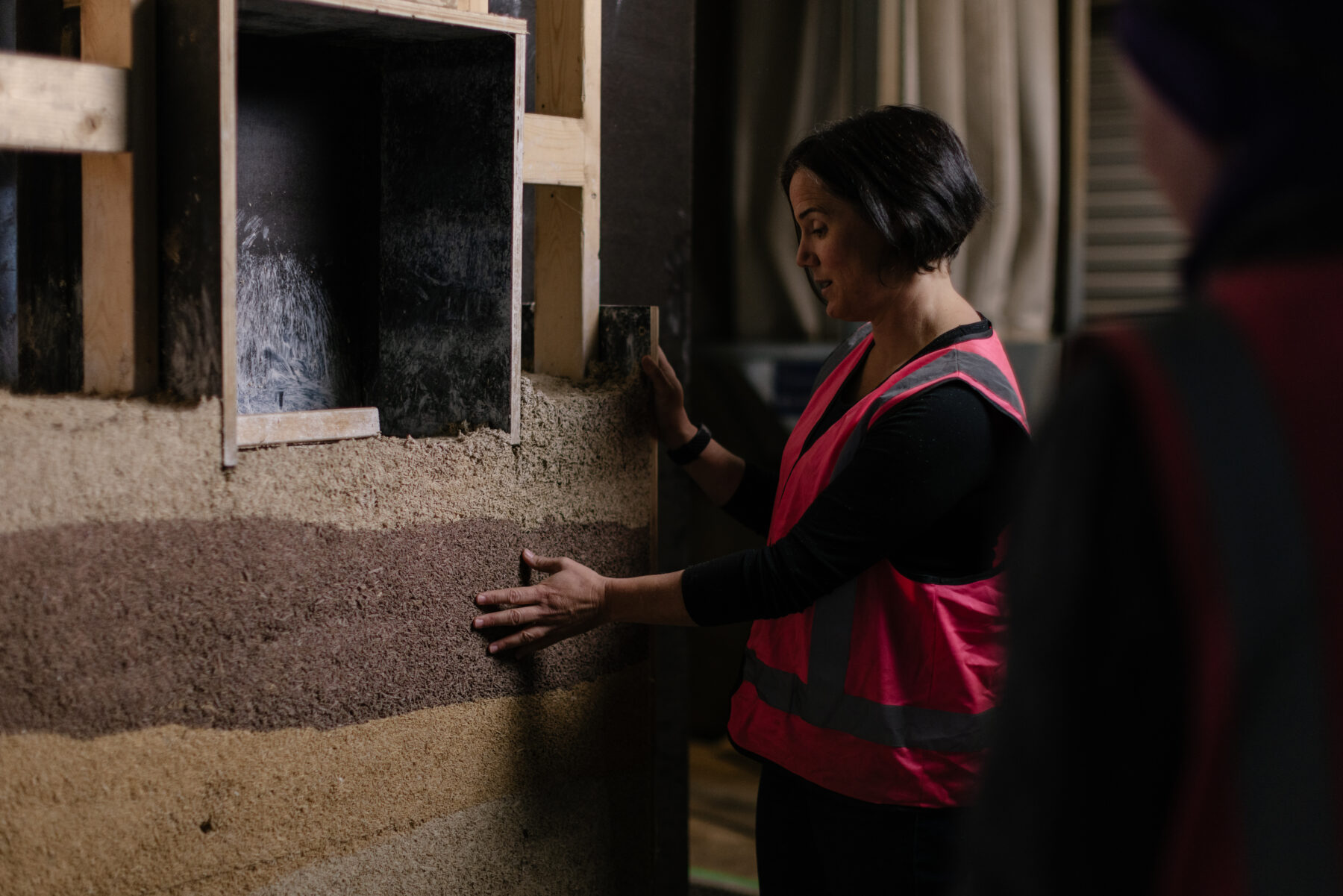
Andi’s perception of the challenges facing females in the innovation landscape is given weight by Julia Spicer, former Queensland Chief Entrepreneur. During her chief entrepreneur tenure, Julia commissioned research that showed the Queensland economy would have an extra $1 billion if female-led businesses were funded and got the same capital investment as male-led businesses. At an Australian level, the figure was close to $44 billion.
“Often, in regional areas, it’s the women who are innovating to find off-farm income – but they have a harder time getting access to venture capital,” Julia says. “What’s worse is the research also shows if those women received their first investment through female-focused funding, then they would be less likely to get future mainstream investment. So, we can feel damned if we do and damned if we don’t.”
The reality of love
In rural areas, where isolation is a fact of life, the search for connection – in love and in work – can be especially tough. For her part, Mia knew she was unlikely to meet a partner on a traditional dating app. “Urgh,” she says of those. “They’ve been created to make money, and their psychology is the same as gambling. It’s about giving people dopamine highs, giving them a rush, and then obviously the big low, which makes them stay on there to get the next high. Dating apps are not created to help people.”
Mia is aware of the mental-health struggles often faced by rural people, who may be geographically isolated. She also had a tough time meeting people who understood her rural lifestyle. Her solution was to create Howdy.
Traditional dating apps are quick. A picture and a job title. An instant decision. A swipe left or right. Move onto the next profile. “It can be really disheartening and there are people who have no intentions of meeting someone [for a long-term relationship] – it’s just a hook-up culture,” Mia says.
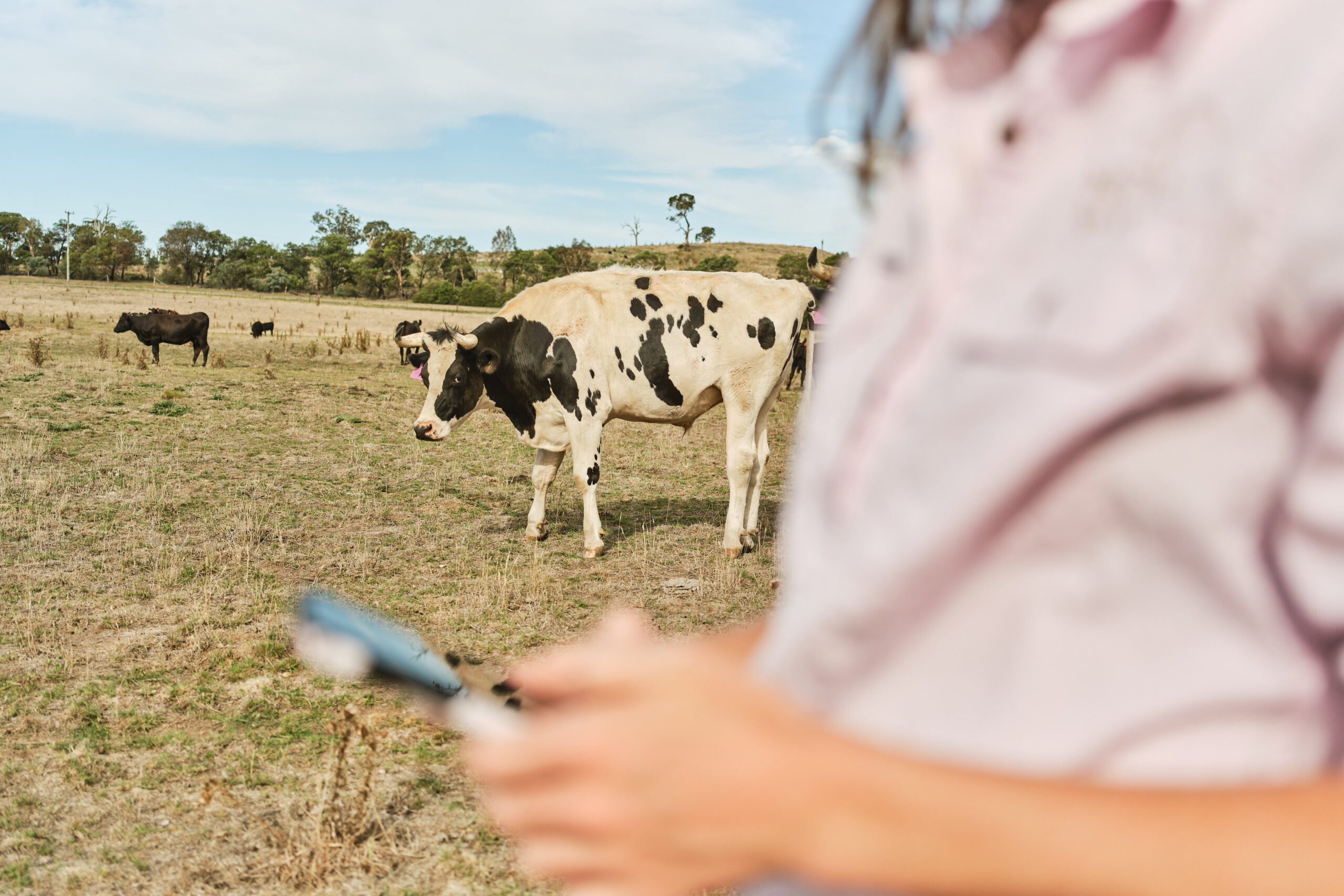
Howdy slows down the search and asks for commitment. It’s subscription-based. The profiles are longer, encouraging time to get to know someone a little better. An instant decision isn’t required. Best of all, there’s no set radius to finding love; a search can be made across the entire country. “When you’re living in remote areas, a 100km radius means the gene pool can be pretty small,” Mia says, laughing.
Mia started Howdy when she was 21 and had to make a commitment herself to develop and launch the app. She took out a bank loan, engaged a lawyer, talked trademarks and leaned on her mother’s small-business experience.
Howdy is unapologetically rural and with it comes humour crafted in the open spaces of the bush. Those looking for love joke they are also looking for gate-openers or have burning questions such as the preference for cowboys or ploughboys, motorbikes or horses. First dates have been spent in tractor cabs during harvest. Those meeting for the first time have travelled five hours in opposite directions to meet in country towns. Staff at produce stores point 40-year-old reclusive farmers in Howdy’s direction. Mia even met her own partner – a farmer from Uduc, Western Australia – through Howdy. They chose neutral ground for their first meeting, at Beef Week in Rockhampton, a hub of all things rural. Now they rack up frequent-flyer points travelling between NSW and WA.
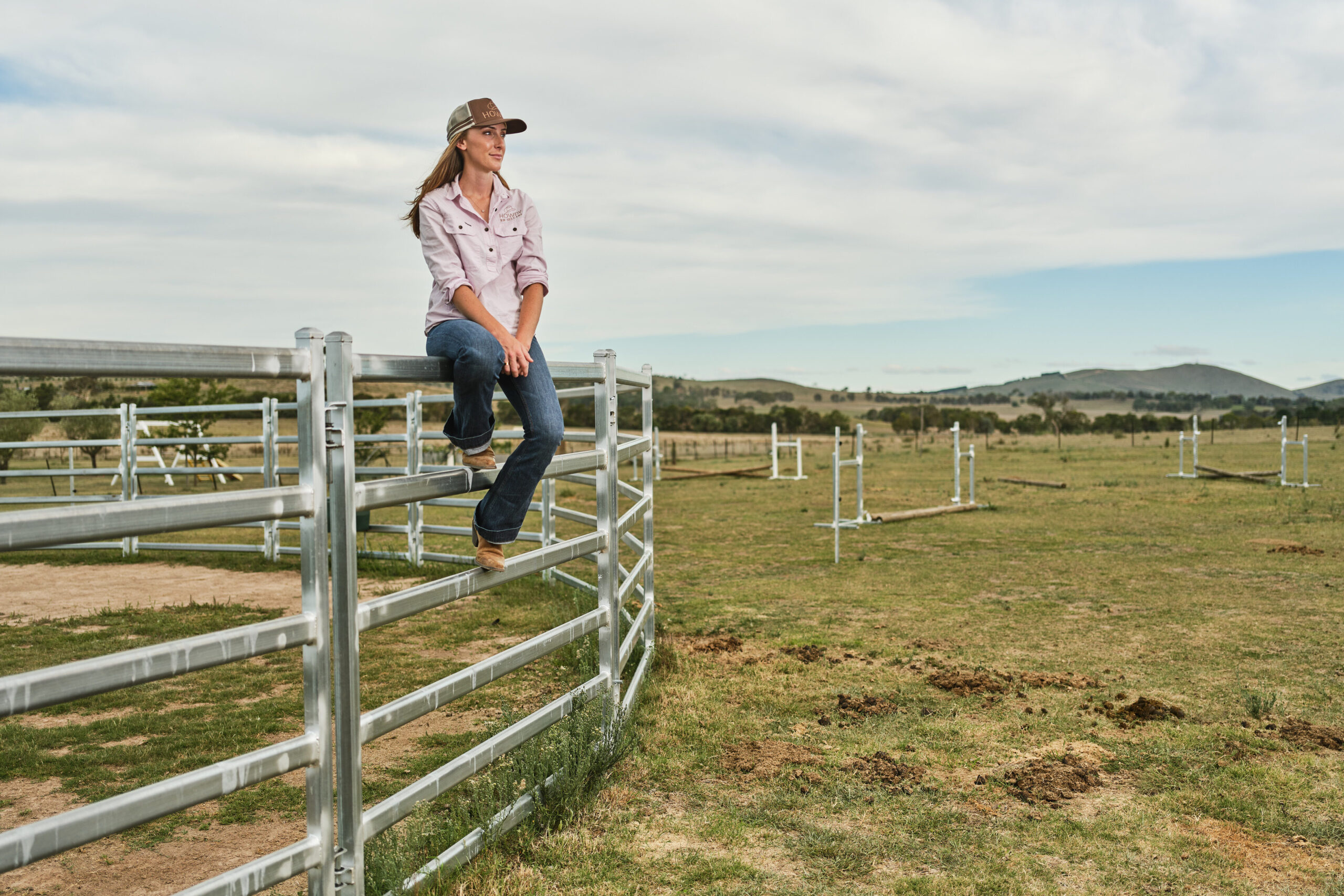
As Julia stresses the need for country and city to work better together, Howdy is facilitating its own meetings. “Two lawyers from Sydney have connected with country men through Howdy,” Mia says. “One is dating a farmer from Victoria, the other is dating a farmer from WA, and the lawyers are already making plans to relocate.”
She looks to her future with optimism, and that future includes Howdy. “In 10 years’ time I would like Howdy to be the go-to dating app – and it will have gone global,” she says.
The female perspective
But even with humour, hope and sheer grit driving projects such as Howdy and X-Hemp, the bigger picture remains clear: there’s a systemic gap to be bridged if these rural founders are to reach their full potential, and for the Australian economy to reach its potential in turn. Deloitte’s Accelerating Women Founders report lays this bare.
“For every dollar of funding, research finds that women-founded start-ups generated 78 cents of revenue, compared to 31 cents for male-founded start-ups,” the report reads. “It is more important than ever for the ecosystem of support for women entrepreneurs to be appropriately resourced and designed – including for scale-ups. Shifting the dial in the gender funding gap will require more co-ordinated action and commitment to change among government, universities, business support programs, investors, and industry and corporate programs. But programs and networks like SBE, Heads Over Heels and Scale Investors are testament to the impact that can be made by directly supporting women entrepreneurs in Australia.”
Mia’s work in bridging distance and isolation through Howdy is a powerful metaphor for the work ahead in Australia’s innovation ecosystem. Howdy is proof that meaningful connections are possible, even across thousands of kilometres of red dirt and farmland.
That same energy – of seeking out those on the edges and valuing what they bring to the table – shows the way to a more connected, inclusive innovation landscape that draws strength from all corners of Australia.
REGIONAL INNOVATIONS
This is Part Two of a three-part series in which Australian Geographic explores how innovative minds in Australia’s regions are proving that remote areas are hotbeds of ingenuity – and are helping to shape our nation’s economic future.
Part One:
